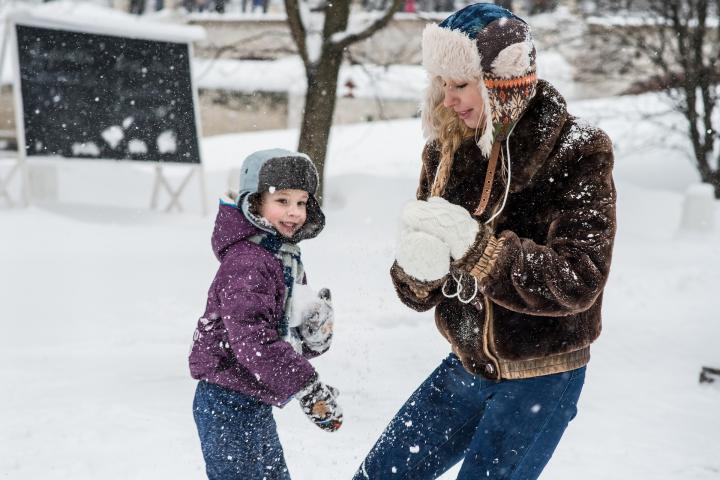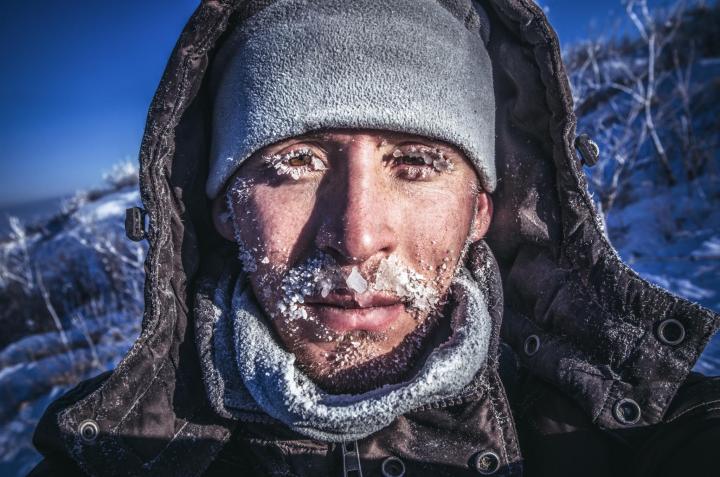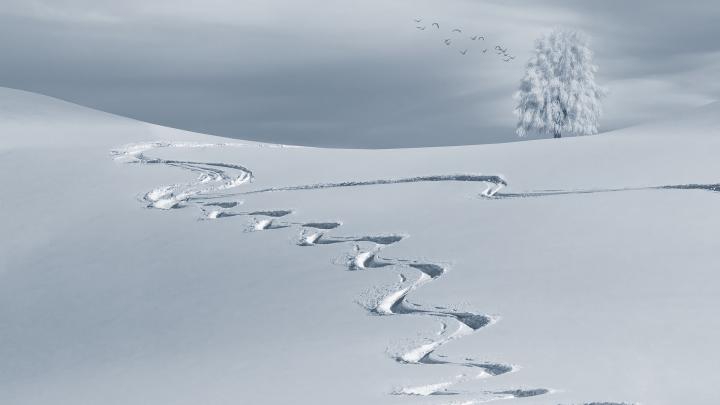
Photo Credit
Igor Stepovik/Shutterstock
Subhead
Hypothermia, Frostbite, Raynaud's Disease, Chilblains
I was diagnosed with Frostnip at the VA several years ago. Not fun, not at all. Very painful & long lasting. At this point it is almost instantaneous when I am exposed to the cold. My Father having been a WWII DAV & POW had taught me well about Frostbite but he knew little of nothing concerning Frostnip however what he knew concerning Frostbite has served me well. Running water over the Frostnip is DANGEROUS unless you have someone else to warm & test the water since you really cannot tell how hot it is but it is one of the fastest ways to warm your limbs. I prefer to suffer through a slow warming as it bothers others less who are basically lost at what you are experiencing. Stay away from artificial heat however for as I stated you simply cannot tell how hot it is.
Wearing gloves or socks: before doing so when you know you are going outside or to be exposed to the cold; add a plastic bag first. A simple sandwich bag between your skin & socks or gloves will do wonders to keep you warm. Add hand lotion or O'keeffes (as I prefer) 1st will add an additional layer of insulation & protect the skin better. O'keeffes also protects your face without the fear of it running into your eyes.
The feeling of Frostnip resembles needles being stuck into the various areas affected.
Not fun; not fun at all.
M. Boyles has obviously never suffered any symptoms of Raynaud’s. “Cope easily”?? Yeah, right. The pain Raynaud’s brings in summer is a somewhat minor annoyance. However, in winter, my toes can only handle freezing and thawing through October before they become throbbing, blue-white blistered grape tomatoes until May. The damage has made me lose toenails. It is a horrible illness that should not be dismissed so casually. And it is not a matter of “oh, just wear gloves and slippers.” I would bet anyone with this ailment has yet to find a pair of gloves or slippers that they don’t freeze right through. Thanks to Mr. Lamont for a little more insight at least.
My mother's Rannaud's started with one finger and eventually all fingers. She wore gloves often, even indoors. Sometimes it helped to use hand warmer packets in her jacket pockets for those extreme days. Eventually she developed Systemic Scleroderma (there are two types of Scleroderma, Systemic being the worst). There is no cure. It is thought to be an one of many immune diseases. My mother did not experience every possible symptom of the desease, but it did take her life. If you have Raynaud's symptoms, do check out symptoms of Scleroderma as early treatment is crucial.
This is first-hand information, from someone who has it.
As the article suggests, it's not just ambient cold, but cold plus pressure which reliably triggers the condition. Gripping cold objects firmly (e.g. a steering wheel), especially in cold weather, is how it often starts for me. When I feel the numbness in my fingertips, one immediate solution is to take the glove off of the affected hand, and place the hand against the car's hot air blower vent to warm it up. You can also put your fingers in your mouth and breathe on them. Don't forget to keep control of the car, though!
As the vessel spasm starts to recede, and color creeps back into the fingertips, the areas which were white become bluish, then red, then finally back to normal. The color progression is normal, not a sign of damage; the blue is called cyanosis, and results from those tissues having been deprived of oxygen while the blood supply was squeezed off. Bear in mind also that the vessels in spasm are located closer to the palm, not right at the fingertips, so it's more effective to warm the whole hand.
Raynaud's is associated with asthma and irritable bowel syndrome (IBS, not to be confused with IBD). Since blood vessels, smaller airways, and intestines are all composed of smooth muscle, this suggests an as yet unexplained hyperreactivity of that type of muscle to autonomic nerve stimulation. "Smooth muscle" is different from the type of muscle you exercise at the gym - that's "skeletal muscle"; and the "autonomic" nervous system is the part which is involved in emotional responses, and other body processes which function automatically, outside of voluntary control.
Barry, Thank you for such an insightful and informative comment on Raynaud’s! That was very helpful in understanding the condition.













Comments